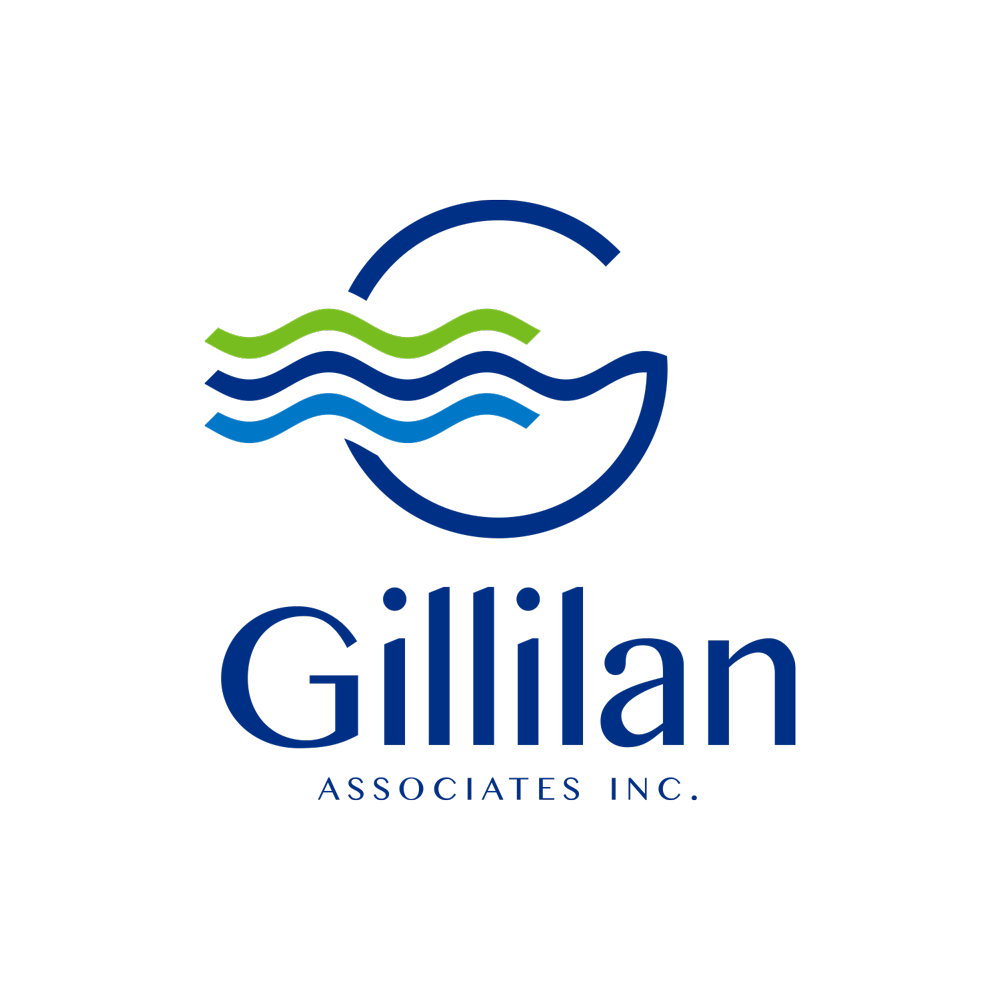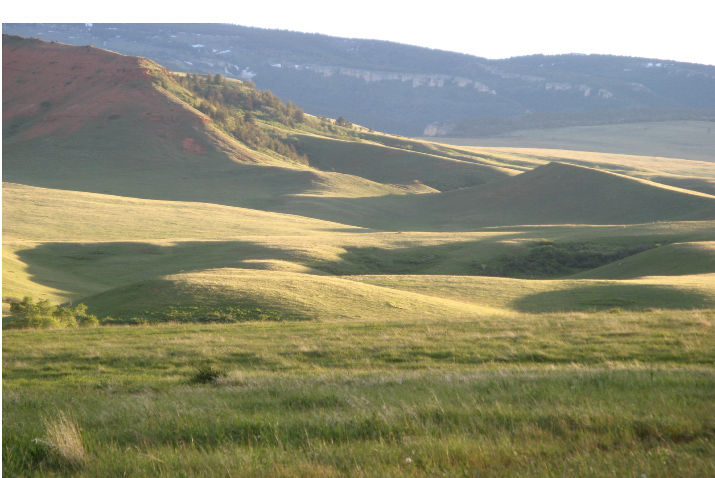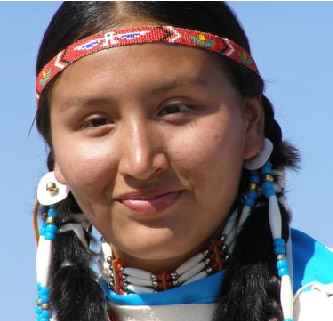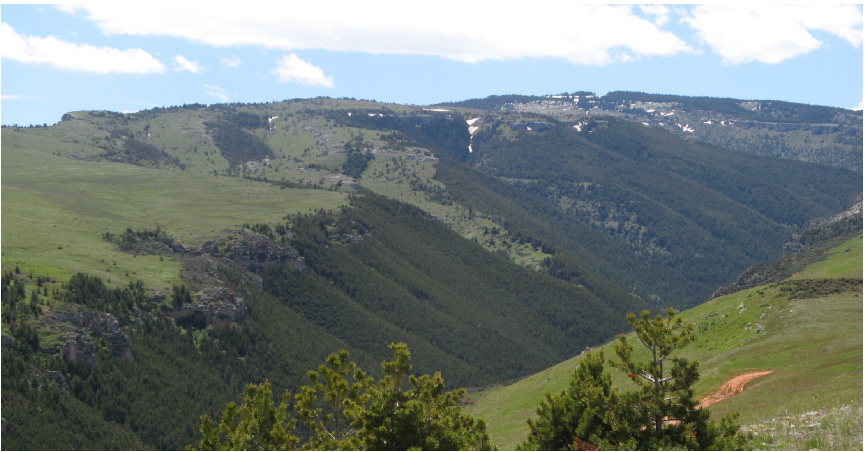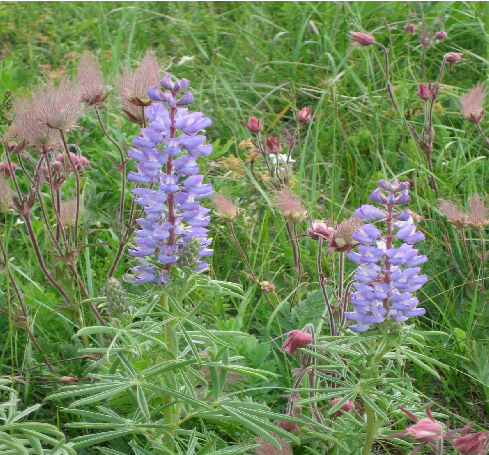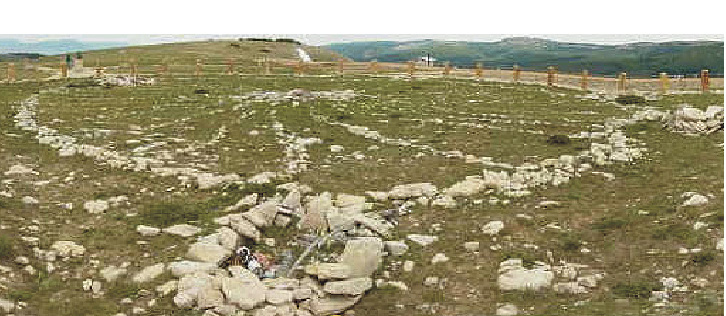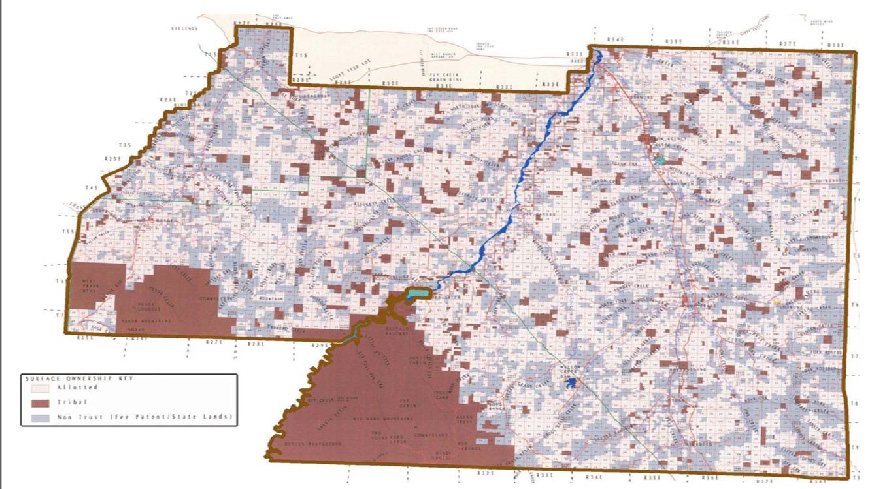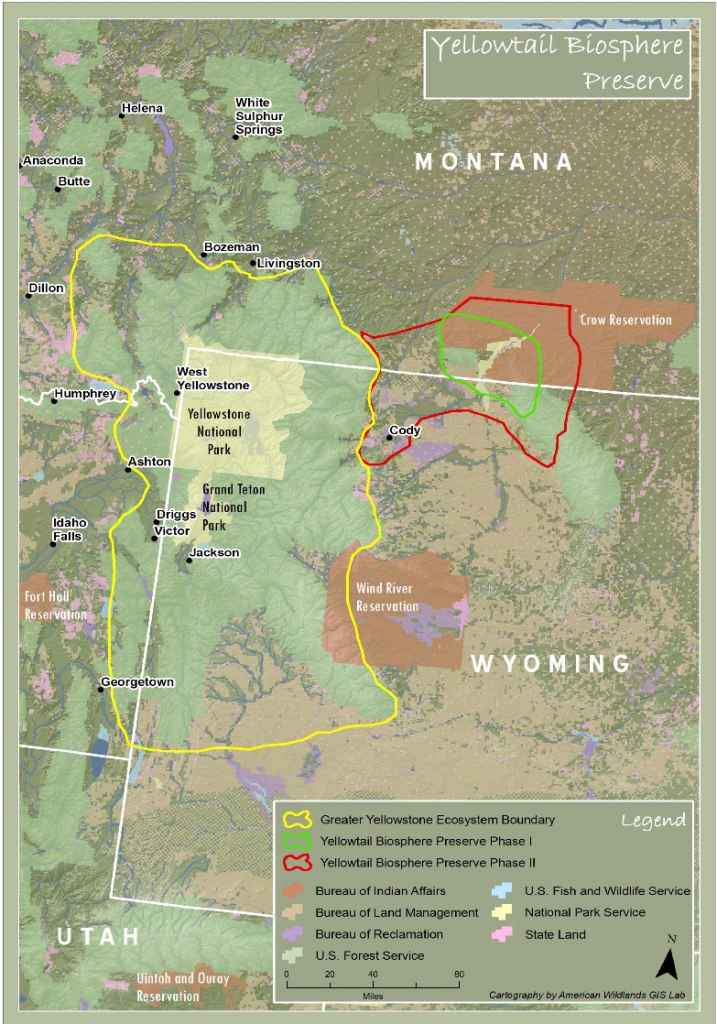
Yellowtail Biosphere:
Some Things Hide in Plain Sight. 2,000,000 acres of land time forgot. Untouched alpine forests extending to pristine native tall grass prairie. Keystone wildlife and habitat. Thirty miles from the Greater Yellowstone Ecosystem. No conservation protection. Never inventoried.
We are building a coalition of non-profits, private equity groups, foundations, entrepreneurs and government agencies to participate in a legacy scale wester US conservation project like no other. The core project area is over 2,000,000 acres located on the Crow Nation Reservation and surrounding lands in Montana and Wyoming. Its success will define “conservation out of the box” and will be a benchmark for modern conservation initiatives.
The “box contains a sovereign Native American culture and government, poverty and social challenges, energy development and other extractive pressures, a “checkerboard” land ownership of tribal owned, deeded (mostly non-Indian), government and trust lands. It is also the largest intact alpine-to-prairie ecosystem in the American west, a short walk from the iconic Greater Yellowstone Ecosystem. In the face of global climate change, our project area will be a critical refuge for existing and returning native species and land asset for future generations.
YELLOWTAIL BIOSPHERE PROJECT STRATEGY
Sustainable Natural Resource Inventory
In cooperation with the Crow Tribe we are undertaking a sustainable natural resources inventory on over 500,000 acres of tribal owned land to document: corridor connectivity; ecological biodiversity; timber and water resources; cultural resources; economic potential including tourism, recreation, conservation, sustainable water resources; cultural resources; economic potential including tourism, recreation, conservation, sustainable agriculture and renewable energy. This also opens an opportunity for re-discovery and expansion of land-based cultural knowledge and history and cross-cultural interaction.
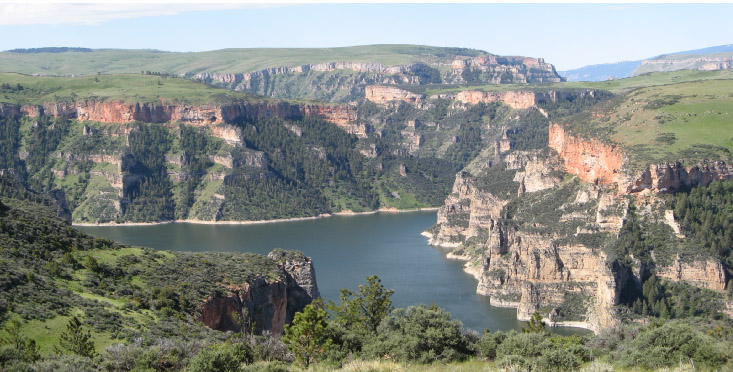
Tribal Land Stewardship Capacity Building
Increase tribal capacity in land stewardship for management of tribally owned and trust land including: Hands-on training and employment opportunities; specialized natural resource and conservation education through Little Big Horn Community College; new career development; establishment of a tribal GIS office; and ongoing mentorship in conservation science and scholarship programs.
Conservation Purchase of Privately Held Lands
On the Crow Nation Reservation alone there are over a million acres that could be available for purchase, and even more land in the corridor leading west to the Greater Yellowstone Ecosystem and south into Wyoming. Funding for high-value conservation land purchase is expected form market-based conservation private equity groups, grants, and foundations (and potentially state and federal participation). Once protected, these land can be traded, donated, sold or held for legacy purposes.
Identification of Sustainable Revenue Streams
We are identifying sustainable land uses that accommodate both conservation objectives as well as means of revenue generation that may include: ecosystem services; place-appropriate recreational development; easement purchases; renewable energy; eco-, cultural- and general tourism related development and income; fee-for-recreation and; appropriate agriculture.
